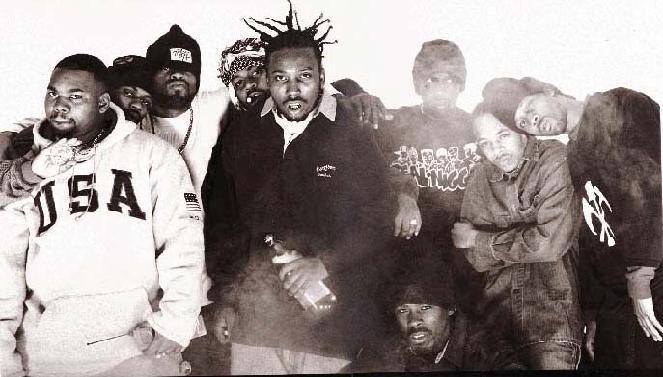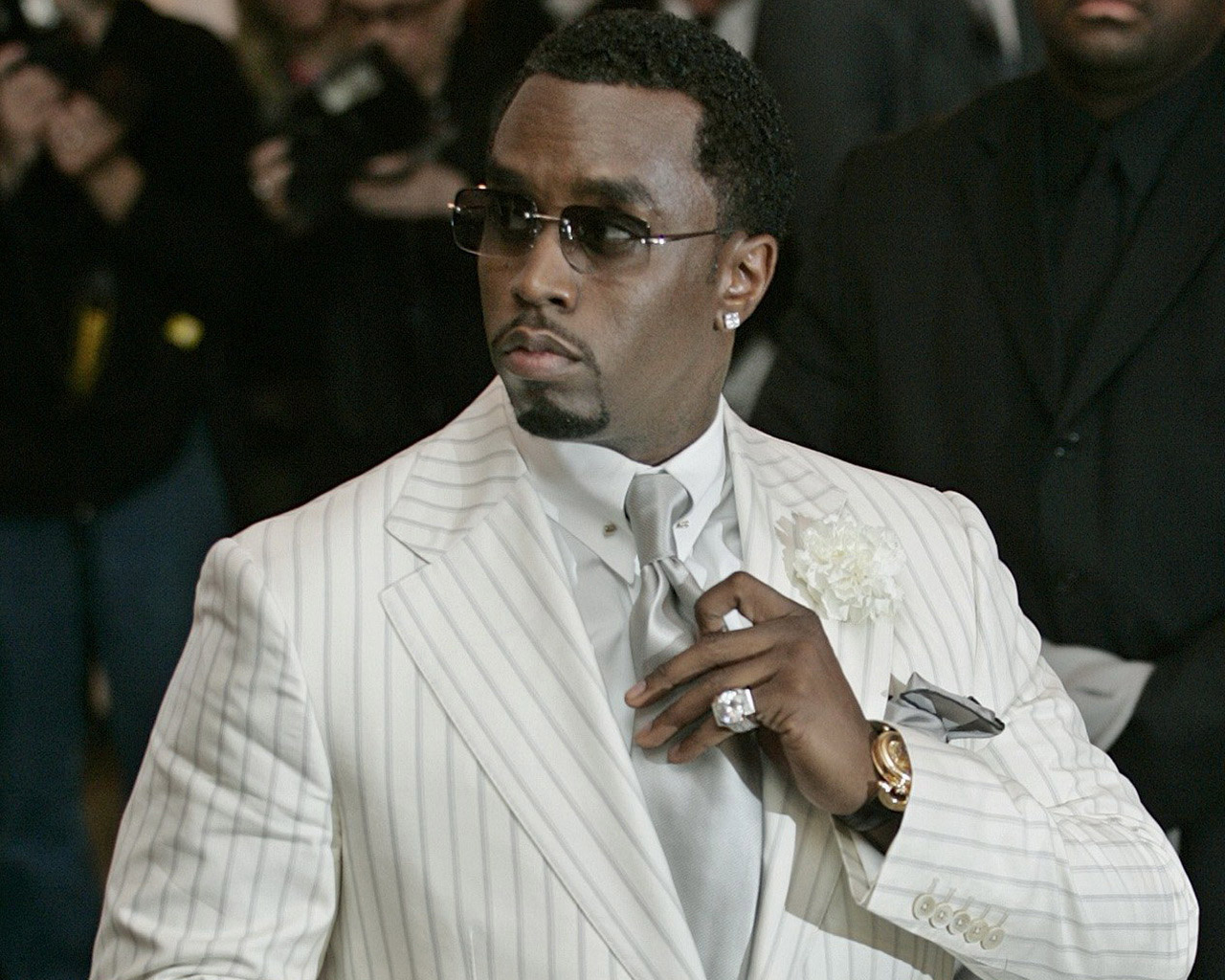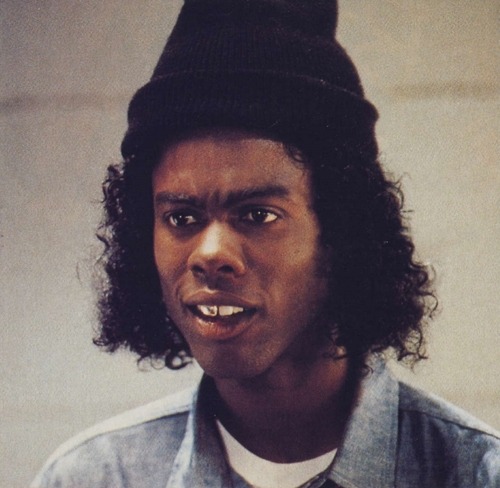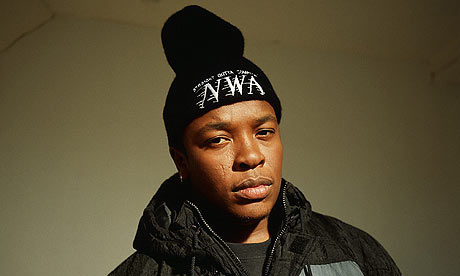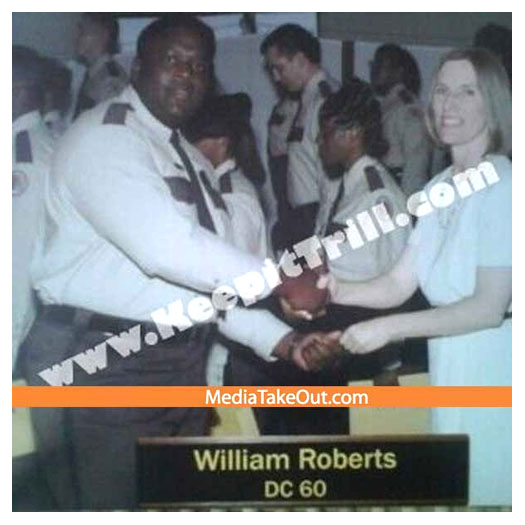
If there is
one recreational drug that a good amount of Americans want legalized it’s the
ever talked about controlled substance called marijuana. Known by the name of
cannabis also, marijuana is a drug that’s universally used around the world by
all ages, races, and countries on planet earth. Many current celebrities that
are athletes and entertainers have been caught illegally possessing marijuana,
and have made negative news press from doing such an act. Listening to music is
one of the many activities that marijuana smokers partake in while experiencing
a highness as a side effect. There have been many odes from every music genre
to the woman called “Mary Jane,” which is a slang term for the substance. With
hip hop rising as the latest form of musical expression in pop culture over the
last 40 years, it’s only fitting as an art that it has a love connection with
marijuana. There are various rappers who have had and still have a huge
association with the drug. Marijuana along with other addictive substances is a
tool and an ingredient that has played a part in the recording process of
albums for rappers also. With the drug being very visible in the genre through
lyric references, emcee’s photos, and rap videos, the impact of marijuana on
hip hop is evident for everyone to see.
While rap
music was growing into a distinct popular movement in the 1980s, marijuana
didn’t play a major factor in the genre early on. Although people were smoking
weed during this time, the content of rap music was still stuck on cocaine and
heroin. Since hip hop comes from the streets, which is an environment where
marijuana is commonly found, it’s only inevitable that rappers would gravitate
towards the drug. Rap’s mainstream appeal continued to grow in the late 1980s
and early 1990s with the arrival of “gangsta rap,” which was popularized on the
West Coast. With the western region of the US being a go to area for weed
consumption and growth, it only makes sense for their music to reflect the
culture of smoking marijuana. Artists like N.W.A. and Ice-T, who put West Coast
rap on the map nationally, conveyed and rapped about smoking marijuana in their
songs and on rap videos as a commonality of California living. As listeners
started to turn their ears toward the style of music on the left side, marijuana
quickly became one of the main drugs to reference along with heroin and cocaine
in the genre.



One pivotal
hip hop album that’s sonically West Coast is the 1992 LP The Chronic. The album is the first solo project by the influential
and former N.W.A. producer/rapper Dr. Dre. This quintessential body of work
impacted both the urban and pop charts, and is arguably the first marijuana
themed project. Chronic is a very powerful strand of marijuana that’s produced
in California. So it only makes sense for Dr. Dre to give his first music
project in the post N.W.A. era this name to indicate that he has the strongest
material on the rap market. The album cover also pays homage to the Zig-Zag
rolling papers for further promotion as a pro-weed project. The singles of
“Nuthin’ But A ‘G’ Thang,” “Let Me Ride,” and “Dre Day” were all Top 40 pop
hits from The Chronic in 1993. Having
such huge records propelled the body of work to sell over eight million records
worldwide solidifying Dr. Dre as a bankable solo producer/rapper. These songs
and most of the LP showcased the talent of Dr. Dre’s rising star Snoop Dogg. The
perception of Snoop Dogg right off the bat from his laid back rap style and
weed references was that he was the ultimate chronic smoker. Snoop Dogg rode
this wave of success from The Chronic
by having one of the most anticipated debut albums of all time in mainstream
music with Doggystyle in 1993. Doggystyle sold over 800,000 copies in
its first week alone making it one of the highest selling LPs for a debut
artist ever still to this day. One of the Top 10 pop hits on the project
entitled “Gin & Juice” has the catchy lyrics in the chorus such as “rollin’
down the street, smokin’ indo, sippin’ on gin & juice.” Indo happens to be
a slang term for a strong brand of marijuana that’s a crossbreed of Indonesian
indica strains with western sativa. The back cover of Doggystyle also features Snoop Dogg with a joint in his mouth,
which is a rolled marijuana cigarette. The success of Doggystyle along with Snoop Dogg’s productivity and maintained
relevance throughout the 1990s, 2000s, and even now in the 2010s decade has
made him the ultimate ambassador for weed. His huge visibility of smoking the
drug on camera and on his music videos makes it hard for fans to not recognize
his bond with cannabis.
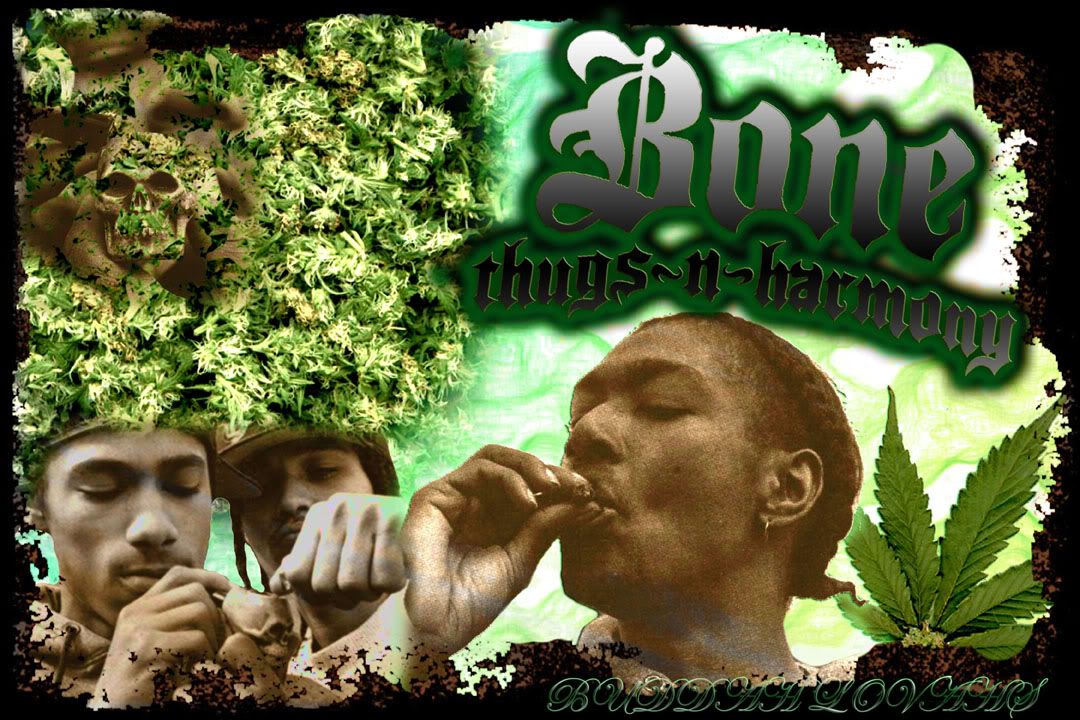




With the
presentation of marijuana to mainstream America from the success of The Chronic, there was a floodgate of
marijuana dedication records in rap throughout the rest of the 1990s. Every
region in rap expressed their sentiments toward weed. One Mid West rap group
that emerged in the mid-1990s who has made multiple odes to marijuana is Bone
Thugs-N-Harmony. Their first melodic tracks for the drug were “Budsmokers Only”
and “Buddah Lovaz” on their second album E.
1999 Eternal, which came out in 1995. Throughout the rest of their career
they never shied away from advocating the substance. While Bone Thugs was
making their impact on the rap game in the mid-1990s, on the West Coast there
was the ultimate homage to marijuana that was heard on every radio station. The
Luniz who was a rap duo from Oakland, California released their huge hit record
“I Got 5 On It” in 1995. The song became a Top 10 hit on the pop charts, and is
arguably the most memorable weed anthem of all time. During the same year, the
East Coast duo Method Man & Redman put out their debut single “How High.”
The song which also promoted marijuana reached the Top 15 on the pop charts,
and presented the pair as a rap version of Cheech and Chong. Going back to the
Mid West more specifically Chicago, the short lived rap quartet Crucial
Conflict released the marijuana themed single “Hay” in 1996. The song was
certified gold, and peaked at No. 18 on the pop charts. Southern lyricist
Scarface put out the weed love song “Mary Jane,” which is the same title for
Rick James’s 1978 hit record. Scarface’s professed affection for marijuana on
this 1997 song has become a fan favorite for those who love his music. New
Orleans native Mystikal, who was in his heyday commercially in the late
1990s-early 2000s, made a series of weed anthems on all of his studio albums
for a smoker’s listening pleasure. Even the legendary Dr. Dre composed his 1999
comeback album 2001 also known as The Chronic 2001, which is a project
that revitalized West Coast rap at the time. The LP had several marijuana
references, and sold over 6 million copies in the US alone in the transition to
the new millennium and 21st Century in 2000. The album also further
introduced the world to Dr. Dre’s protégé Eminem, who is the highest selling
rapper of all time.
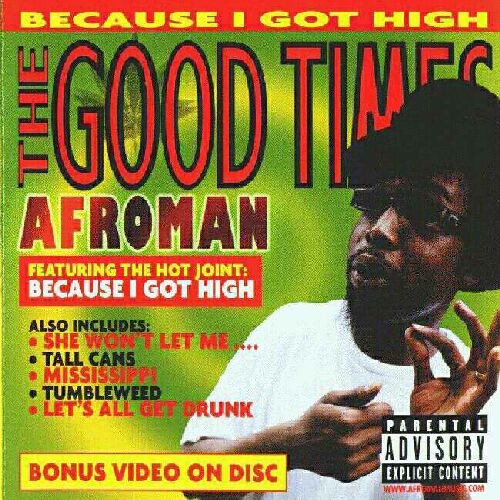

In the mist
of the 2000s, marijuana continued to be a part of hip hop’s content. One hit
wonder Afroman released his signature hit record “Because I Got High” in 2001. The
song reached No. 13 on the pop charts, and is arguably the first catchy and
impactful song about weed in the 2000s. During this same year the dynamic duo
of Method Man & Redman added to their perception of being heavy weed
smokers by starring in the stoner comedy film How High. The flick grossed over $31 million, and has become one of
the more notable projects for the stoner comedy sub-genre. Respectable East
Coast rapper Styles P emerged as a solo artist in 2002 with his debut album A Gangster And A Gentleman showcasing
the popular single “Good Times (I Get High).” The record reached No. 22 on the
pop charts, and is still Styles P’s biggest hit to date. Throughout the rest of
the 2000s decade, emcees continued to have marijuana as a topic to rap about in
plenty of songs. Rappers then and even now showcase themselves smoking the drug
in a great abundance on music videos and on online vlogs.



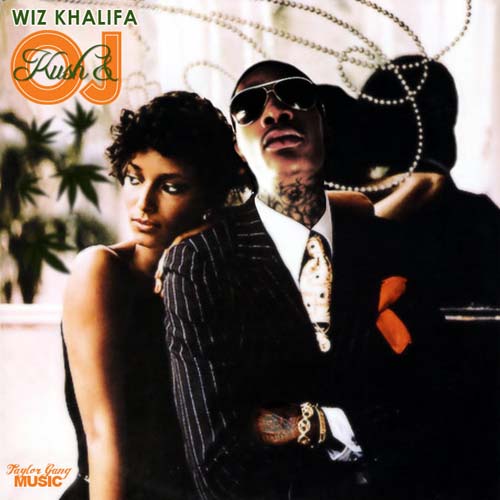

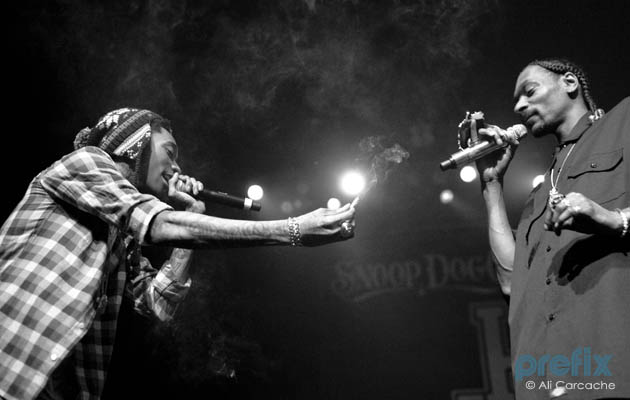
In a current
social climate where more people are advocating the legalization of marijuana in
all states, rappers are still some of the ultimate spokespeople for the drug as
celebrities. With the 2010s being in full effect, there has been a new crop of
entertainers who are carrying the torch as rappers/weed smokers. The likes of
Kid Cudi, Curren$y, and Mac Miller just to name a few are the ones who are
keeping that bond between marijuana and rapper a never ending marriage. One
particular person who is probably the new front runner for using weed
recreationally is rapper Wiz Khalifa. In the earlier stages of his music career
he wasted no time to associate himself with the substance. His acclaimed
mixtape that garnered him his first bit of mainstream attention was Kush & Orange Juice, which was
released in 2010. Kush so happens to be another potent strand of cannabis
that’s very popular on the weed market for people who want a greater level of
being high. This specific type of marijuana has been recently rapped about on
numerous songs that you hear on the radio every day. So it’s only appropriate
for Wiz Khalifa to use the word Kush in the title of his mixtape since smoking
marijuana is prevalent to his subject matter. Kush & Orange Juice at the time of its release in the spring of
2010 became relevant in the music world by being the No. 1 search and trending
topic on the popular mediums of Google and Twitter. The mixtape helped Wiz
Khalifa land a major label deal with Atlantic Records by the end of the summer
in 2010. Wiz Khalifa released his major label debut album in the spring of 2011
entitled Rolling Papers. The title of
the project continued to portray Wiz as a weed enthusiast. Rolling papers is
one of the few things and key ingredients used to roll up marijuana and smoke
it actively. The first single off Rolling
Papers which is “Black And Yellow” became a No. 1 hit on the pop charts,
and helped the album to sell over 600,00 copies overall. To add to his legacy
as an entertainer he hooked up with Snoop Dogg as a recording duo since weed is
what he is very known for. With Snoop being an older artist it’s almost like
he’s passing the torch on to Wiz, who is in his mid-20s, as someone to be very
visible as a lover of marijuana. As a pair the two put out the direct-to-DVD
stoner comedy similar to Method Man & Redman’s How High entitled Mac And
Devin Go To High School in 2012. The movie was accompanied by a
collaborative and soundtrack album by both artists. The lead single off the
project called “Young, Wild & Free” is added to the long anthology of weed
anthems in rap music’s history. The song reached the Top 10 on the pop charts,
and was nominated for a Grammy earlier this year. Wiz is for sure an indication
that marijuana won’t fade away as a topic to speak on content wise.
With hip hop
and marijuana being presented as something that has an everlasting bond, just
maybe rappers can use their celebrity to help with the full legalization of the
drug. Some of the most iconic and classic records within the genre probably
wouldn’t have been recorded without the influence of the substance.








